The 17th
LaureateSculpture
Issey Miyake
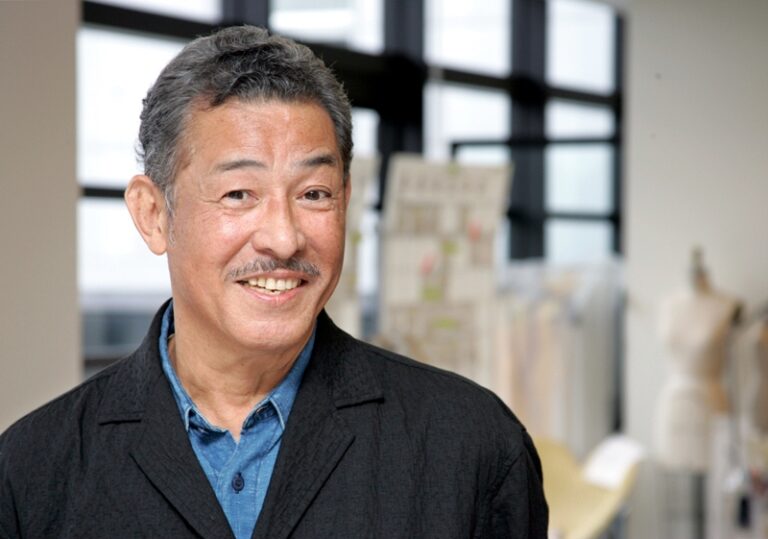
Issey Miyake was born in Hiroshima in 1938. He began clothing design as a student of graphic design at Tama Art University in 1962. His first collection,"A Poem of Cloth and Stone," was presented at the Tokyo Chamber of Commerce and Industry,and Miyake said its aim was to show that clothes can be both visual creations as well as purely utilitarian items. He studied at the Ecole de la Chambre and worked in Paris and New York.
In 1980 Miyake designed costumes for Maurice Béjart’s ballet,Casta Diva,performed at Pompidou Center,Paris. He also collaborated on several occasions with William Forsythe and the Frankfurt Ballet.
From the early days on,Miyake’s collections have appeared as often in museums or on theater stages as they appear on the runways of the fashion business. In 1982,Miyake participated in the exhibition "Intimate Architecture: Contemporary Clothing Design" at the Massachusetts Institute of Technology,and exhibited his clothes as architectural designs.
His collections,particularly the early collections were greatly influenced by traditional Japanese folkwear,but his avant-garde styles are considered timeless. In his A-UN exhibition in 1988 at the Musée des Arts décoratifs in Paris,Miyake looked to his cultural heritage and to Buddhism. In the same year Irving Penn’s "Issey Miyake Photographs" was published. In 1989 Miyake worked with Ando Tadao to present the exhibition "Issey Miyake Meets Lucie Rie" at the Sogetsu Gallery,Tokyo and at the Museum of Oriental Ceramics in Osaka.
Miyake’s "Pleats Please" collection that he is widely known for was launched in 1993. In 1998 the Cartier Foundation presented "Issey Miyake Making Things," an exhibition that explored the relation of clothing and technology. In the same year,he introduced "A-POC" based on his design concept,a "piece of cloth." It goes far beyond the boundaries of fashion,and is an interactive method that permits wearers to determine the final shape of the product.
In his over three decades in design,Miyake has explored the relationship between clothing and the human body and has worked at the intersection of art and fashion,nature and technology,innovation and tradition Eparticularly the interaction between East and West. He has used experimental and traditional materials,and is the first Asian designer to have become truly global.
Biography
Issey Miyake was born in Hiroshima in 1938. He began clothing design as a student of graphic design at Tama Art University in 1962. His first collection,"A Poem of Cloth and Stone," was presented at the Tokyo Chamber of Commerce and Industry,and Miyake said its aim was to show that clothes can be both visual creations as well as purely utilitarian items. He studied at the Ecole de la Chambre and worked in Paris and New York. In 1980 Miyake designed costumes for Maurice Bejart’s ballet,Casta Diva,performed at Pompidou Center,Paris. He also collaborated on several occasions with William Forsythe and the Frankfurt Ballet.
From the early days on,Miyake’s collections have appeared as often in museums or on theater stages as they appear on the runways of the fashion business. In 1982,Miyake participated in the exhibition "Intimate Architecture: Contemporary Clothing Design" at the Massachusetts Institute of Technology,and exhibited his clothes as architectural designs. His collections,particularly the early collections were greatly influenced by traditional Japanese folkwear,but his avant-garde styles are considered timeless. In his A-UN exhibition in 1988 at the Musée des Arts Décoratifs in Paris,Miyake looked to his cultural heritage and to Buddhism. In the same year Irving Penn’s "Issey Miyake Photographs" was published. In 1989 Miyake worked with Tadao Ando to present the exhibition "Issey Miyake Meets Lucie Rie" at the Sogetsu Gallery Tokyo and at the Museum of Oriental Ceramics in Osaka.
Miyake’s "Pleats Please" collection that he is widely known for was launched in 1993. In 1998 the Cartier Foundation presented "Issey Miyake Making Things," an exhibition that explored the relation of clothing and technology. In the same year,he introduced "A-POC" based on his design concept,a "piece of cloth." It goes far beyond the boundaries of fashion,and is an interactive method that permits wearers to determine the final shape of the product.
In his over three decades in design,Miyake has explored the relationship between clothing and the human body and has worked at the intersection of art and fashion,nature and technology,innovation and tradition-particularly the interaction between East and West. He has used experimental and traditional materials,and is the first Asian designer to have become truly global.
Chronology
-
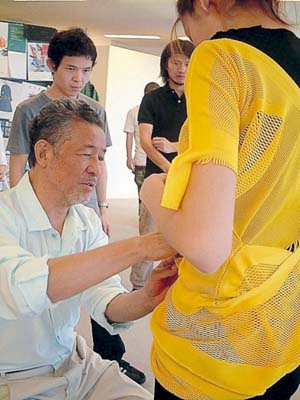
At his studio in Tokyo
-
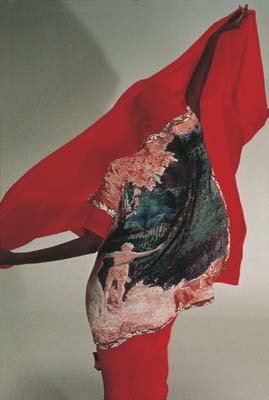
Paradise Lost, 1976
-
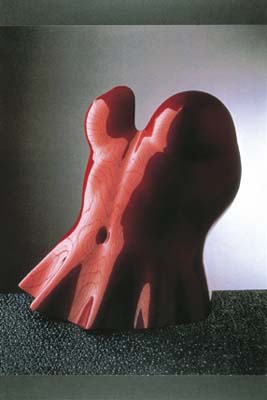
Plastic Body, 1980
-
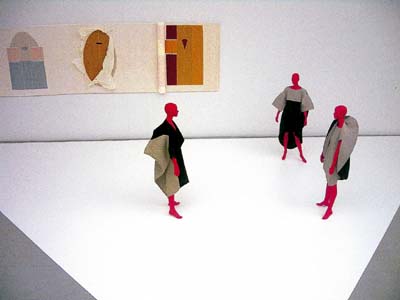
Rhythm Pleats, 1989
-
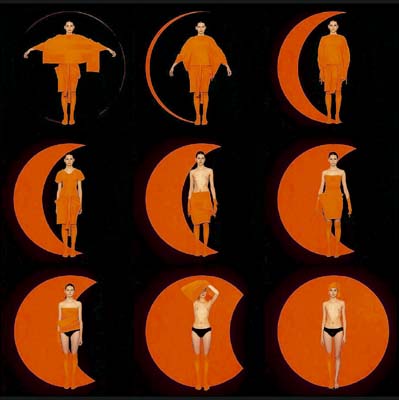
A-POC: kanazawa, 2004
-
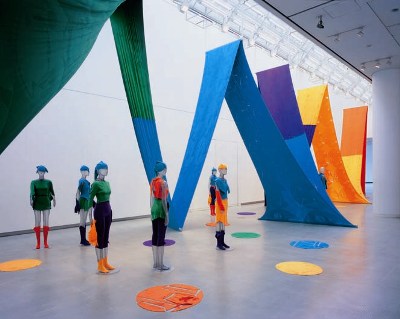
A-POC Camembert, 2004"Toward the Future", 2005
-
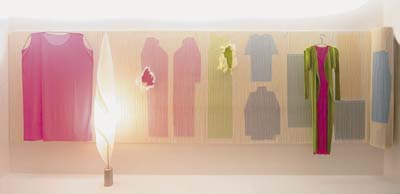
Making Things 1991-Pleats Please "Big Bang" Centre Pompidou, Paris, 2005
